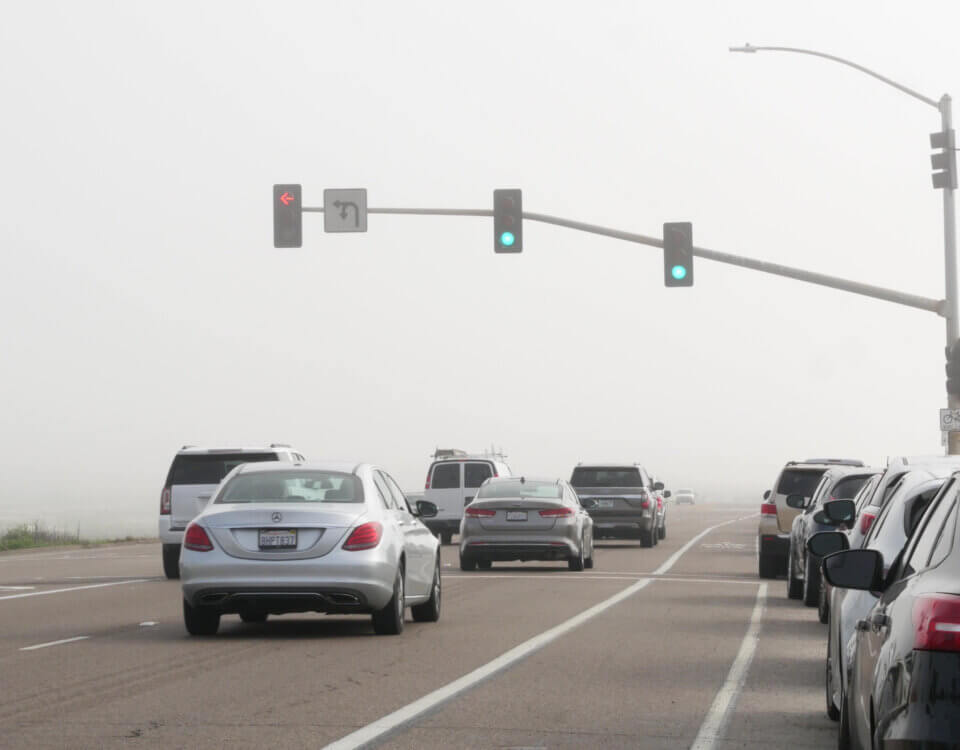Parades are a beloved tradition in many California communities, celebrating holidays, heritage, or local pride. But these events can temporarily disrupt normal traffic flow and increase accident risks if not properly managed. Understanding the connection between parades and traffic accidents helps organizers and residents stay safe.
Why Parades Create Traffic Challenges
- Street Closures: Detours can confuse drivers unfamiliar with alternate routes.
- Increased Pedestrian Activity: Spectators crossing streets or gathering along roadways create potential hazards.
- Distracted Drivers: People watching the parade or looking for parking may not focus fully on the road.
- Emergency Access: Closed streets can delay response times for ambulances or fire trucks.
Examples of Parade-Related Risks
- Small towns like Petaluma, Paso Robles, and Red Bluff have reported minor collisions near detours during annual parades.
- In some cases, improperly parked vehicles or sudden U-turns near blocked roads have caused fender-benders or pedestrian close calls.
Steps Organizers Should Take
- Coordinate With Local Police: Ensure proper barricades, signage, and officers directing traffic.
- Announce Detours Early: Use social media, flyers, and local news to inform residents.
- Provide Safe Crosswalk Areas: Designate specific crossing points for spectators.
- Plan Emergency Routes: Work with fire and EMS to maintain clear paths for emergency vehicles.
Tips for Drivers and Residents
- Plan Ahead: Check parade schedules and routes to avoid unexpected closures.
- Drive Slowly Near Events: Watch for pedestrians, children, or sudden stops.
- Use Designated Parking: Avoid blocking driveways or creating unsafe conditions.
Celebrating Safely
Parades bring small-town California communities together, but safety should remain a top priority. By planning carefully and staying alert, organizers, drivers, and spectators can enjoy festive traditions without unnecessary accidents.
Note: These blog posts are created solely for the use of Hillstone Law. The information is gathered from internet research, publicly available sources, and artificial intelligence (AI) tools such as ChatGPT. While we aim to share helpful and educational content, Hillstone Law does not independently verify every detail. Some information may be incomplete, outdated, or subject to change without notice. If you believe any part of a post is inaccurate, misleading, or infringes upon copyright, please contact Hillstone Law immediately so we can review it and take appropriate action, including correction or removal.
Disclaimer: The material provided in these blogs is for general informational purposes only and should not be considered legal advice. Reading these posts does not create, and is not intended to create, an attorney-client relationship with Hillstone Law. Our intent is to share knowledge, raise awareness, and provide helpful resources to the public; however, Hillstone Law makes no warranties or guarantees about the accuracy, completeness, or reliability of the information provided, and expressly disclaims liability for any actions taken in reliance on it. The photos used in these posts are for illustrative purposes only and do not depict actual clients, individuals, or incidents unless expressly stated. If you or a loved one has been injured in an accident, please contact Hillstone Law at (855) 691-1691. Our attorneys are available to answer your legal questions and help you understand your rights.








